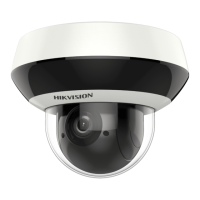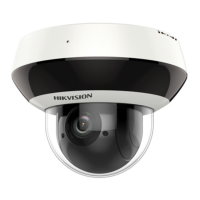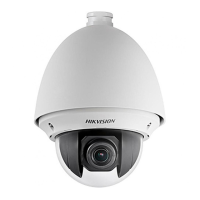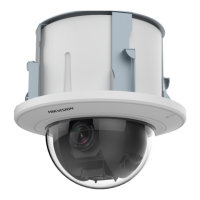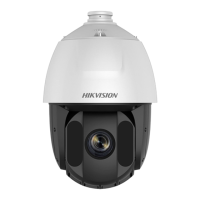12
brouillage est susceptible d'en
compromettre le fonctionnement.
Under Industry Canada regulations,
this radio transmitter may only
operate using an antenna of a type
and maximum (or lesser) gain
approved for the transmitter by
Industry Canada. To reduce potential
radio interference to other users, the
antenna type and its gain should be
so chosen that the equivalent
isotropically radiated power (e.i.r.p.)
is not more than that necessary for
successful communication.
Conformément à la réglementation
d'Industrie Canada, le présent
émetteur radio peut
fonctionner avec une antenne d'un
type et d'un gain maximal (ou
inférieur) approuvé pour l'émetteur
par Industrie Canada. Dans le but de
réduire les risques de brouillage
radioélectrique à l'intention des
autres utilisateurs, il faut choisir le
type d'antenne et son gain de sorte
que la puissance isotrope rayonnée
équivalente (p.i.r.e.) ne dépasse pas
l'intensité nécessaire à
l'établissement d'une
communication satisfaisante.
This equipment complies with FCC/IC
RSS-102 radiation exposure limits set
forth for an uncontrolled
environment. This equipment should
be installed and operated with
minimum distance 20cm between
the radiator & your body.
ce matériel est conforme aux limites
de dose d'exposition aux
rayonnements, FCC / CNR-102
énoncée dans un autre
environnement.cette eqipment
devrait être installé et exploité avec
distance minimale de 20 entre le
radiateur et votre corps.
Safety Instructions
Warnings
Laws and Regulations
The device should be used in
compliance with local laws, electrical
safety regulations, and fire
prevention regulations.
Electrical Safety
CAUTION: To reduce the risk of fire,
replace only with the same type and
rating of fuse.
Battery
This equipment is not suitable for
use in locations where children are
likely to be present.
CAUTION: Risk of explosion if the
battery is replaced by an incorrect
type.
Improper replacement of the battery
with an incorrect type may defeat a
safeguard (for example, in the case
of some lithium battery types).
Do not dispose of the battery into
fire or a hot oven, or mechanically
crush or cut the battery, which may
result in an explosion.
Do not leave the battery in an
extremely high temperature
surrounding environment, which
may result in an explosion or the
leakage of flammable liquid or gas.
Do not subject the battery to
extremely low air pressure, which
may result in an explosion or the
leakage of flammable liquid or gas.
Dispose of used batteries according
to the instructions.
Cautions
Fire Prevention
No naked flame sources, such as
lighted candles, should be placed on
the equipment.
The serial port of the equipment is
used for debugging only.
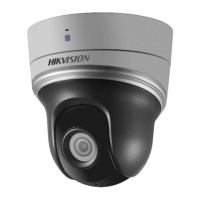
